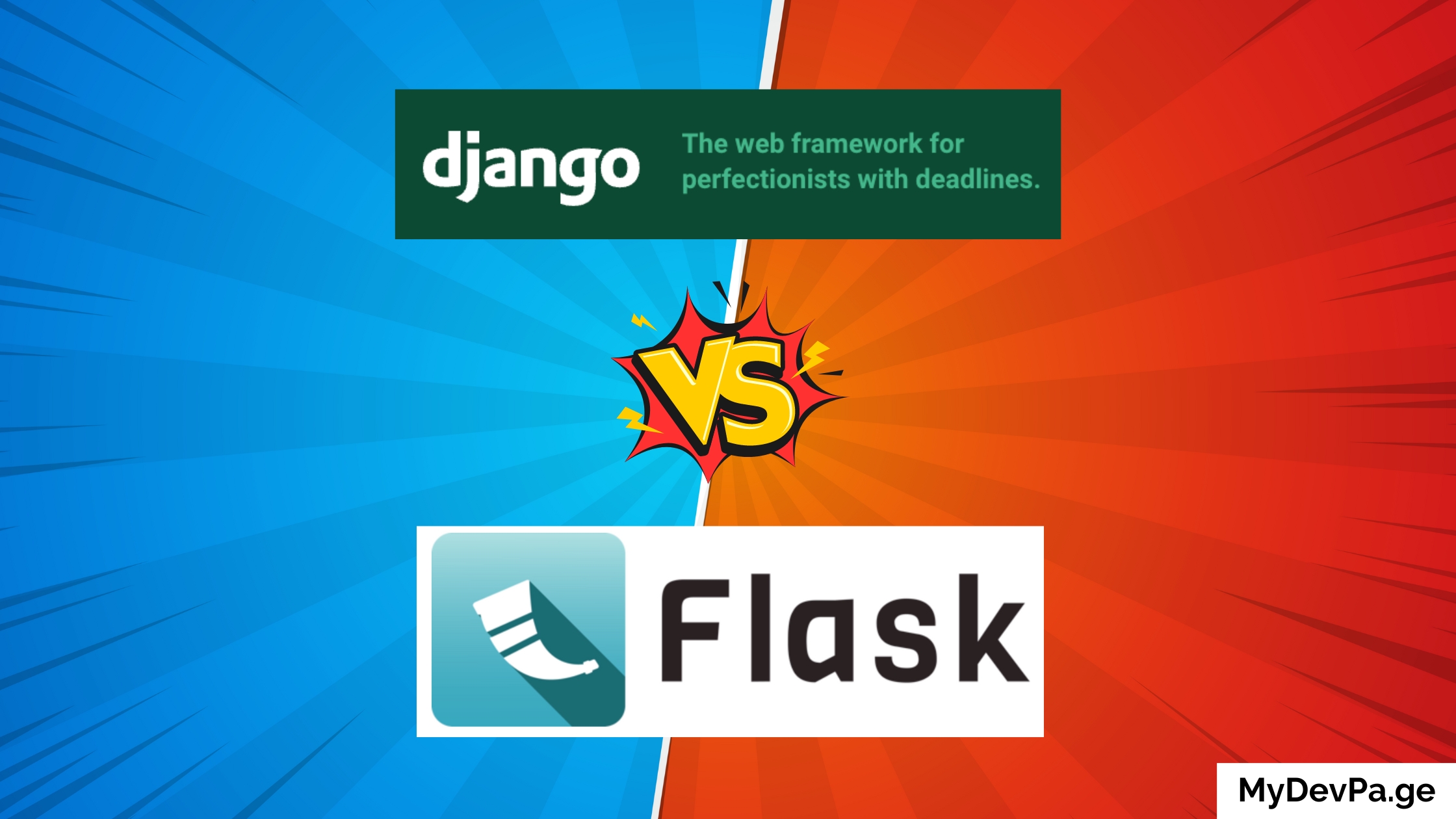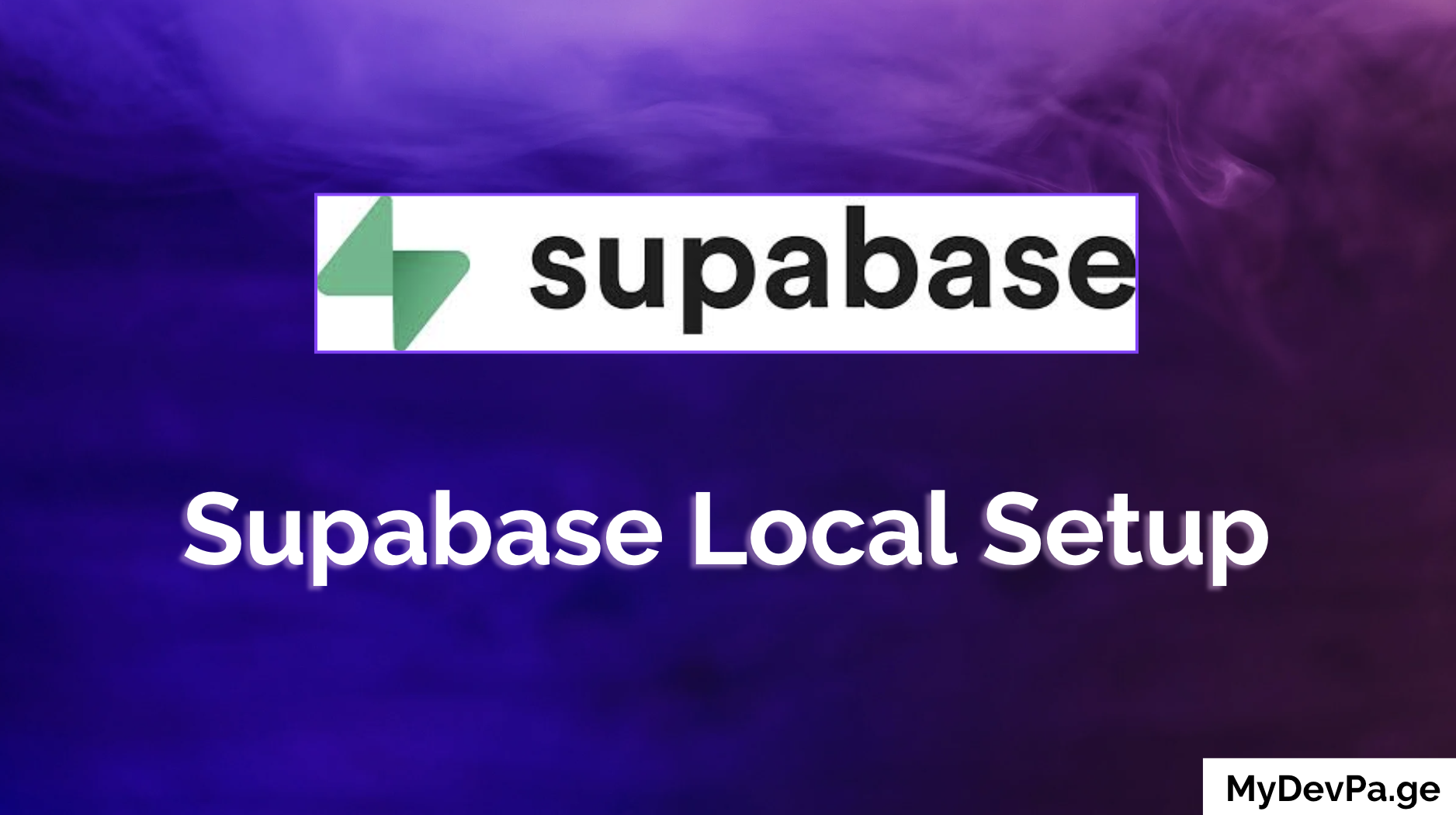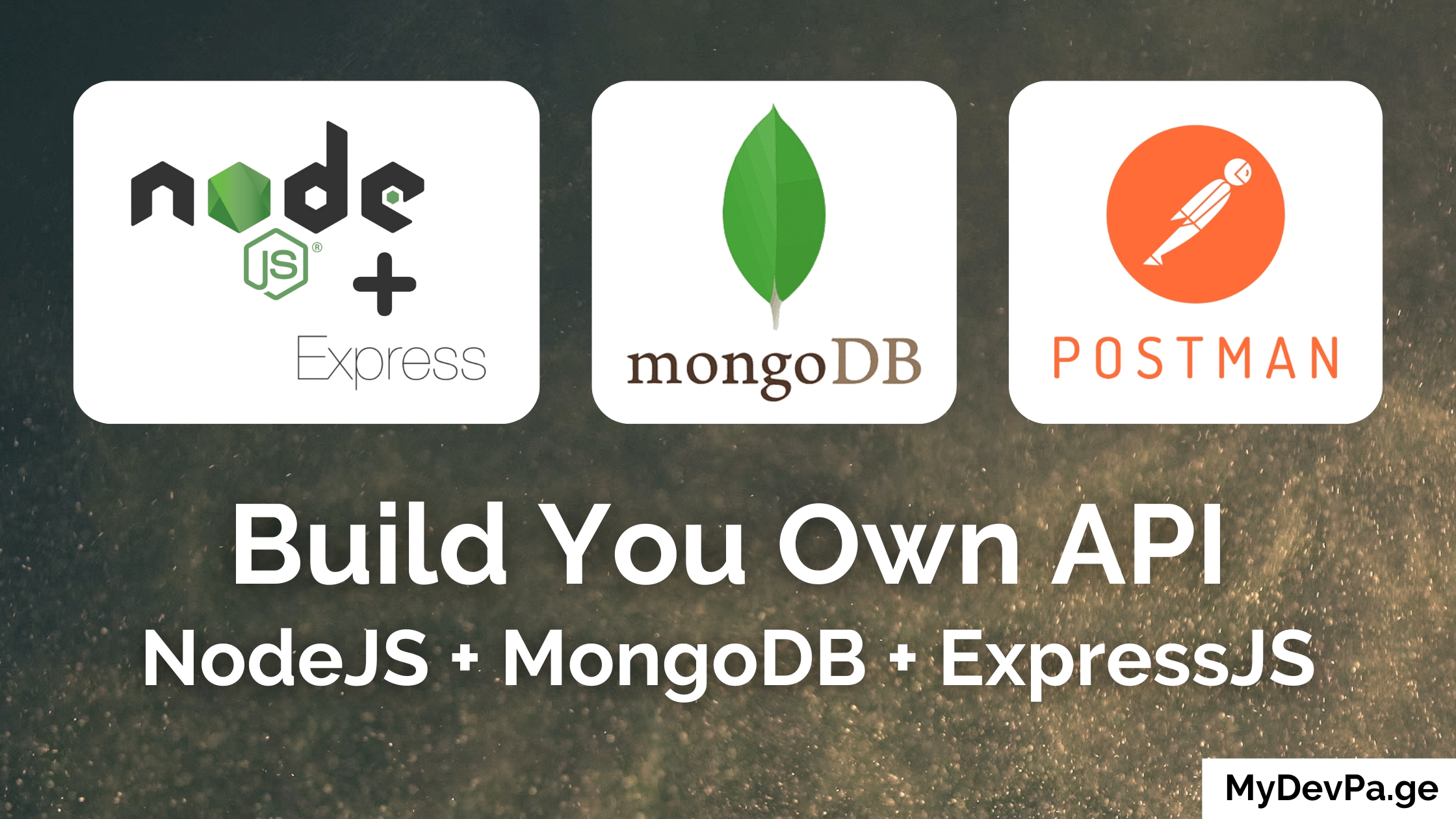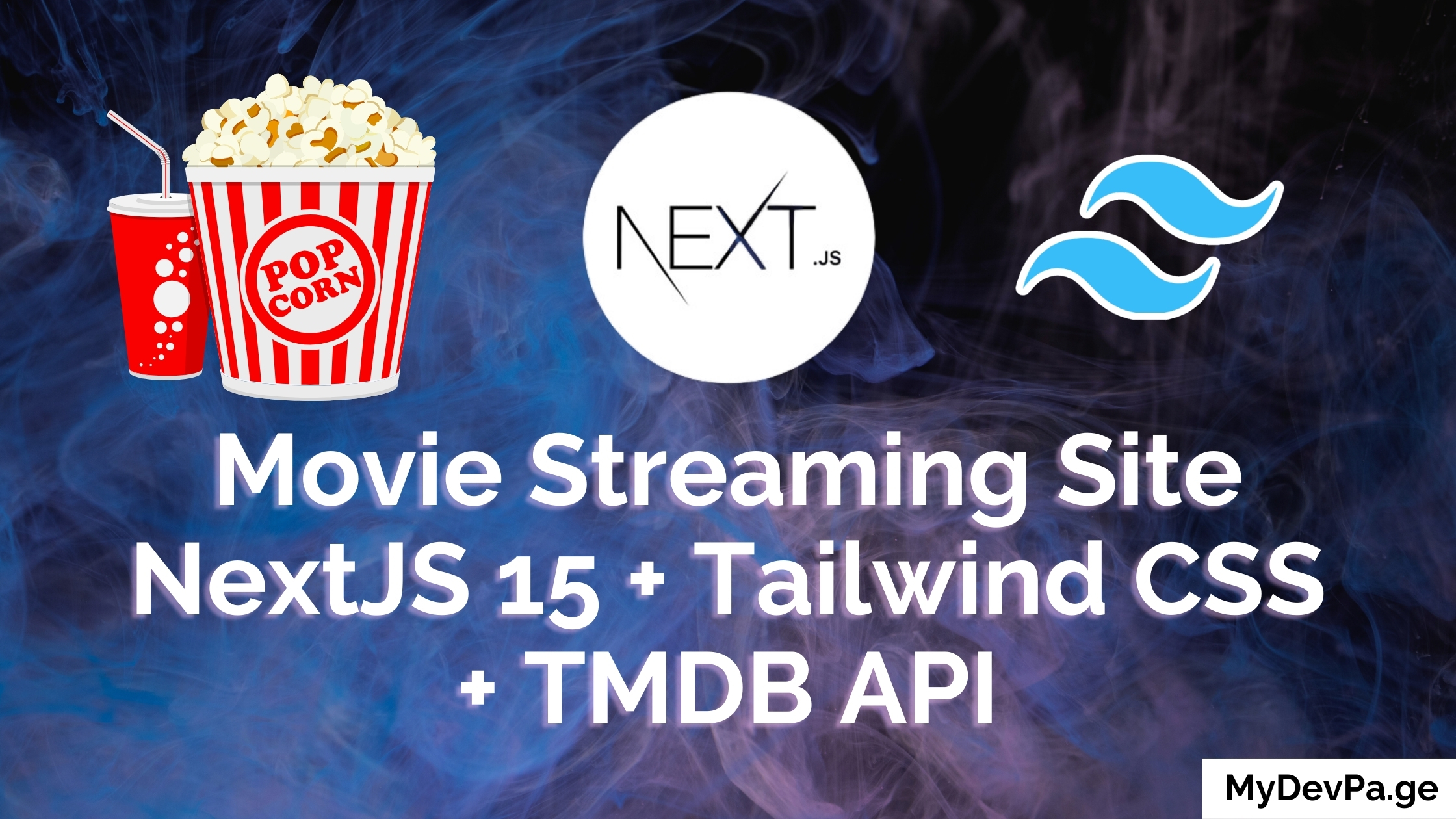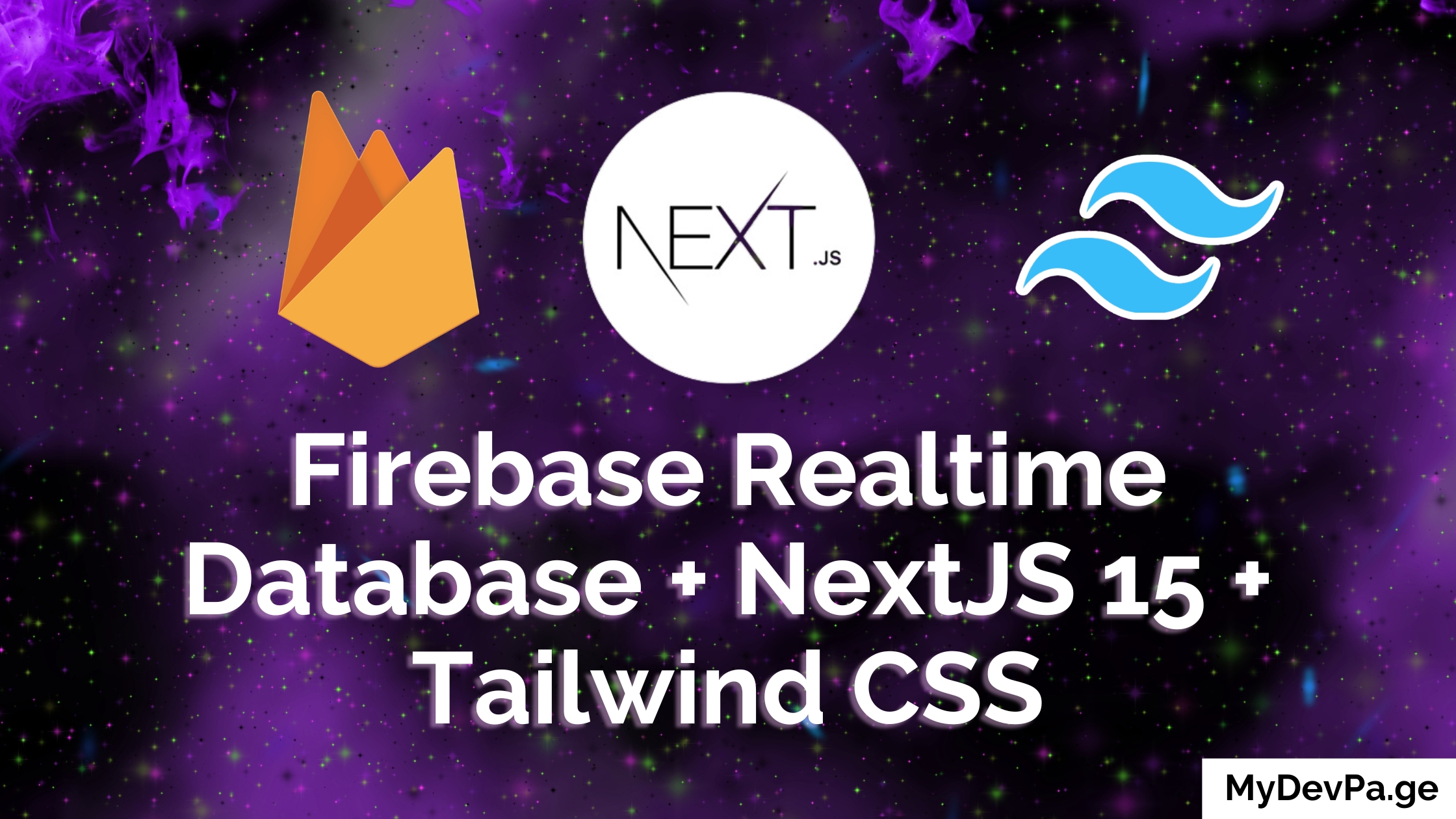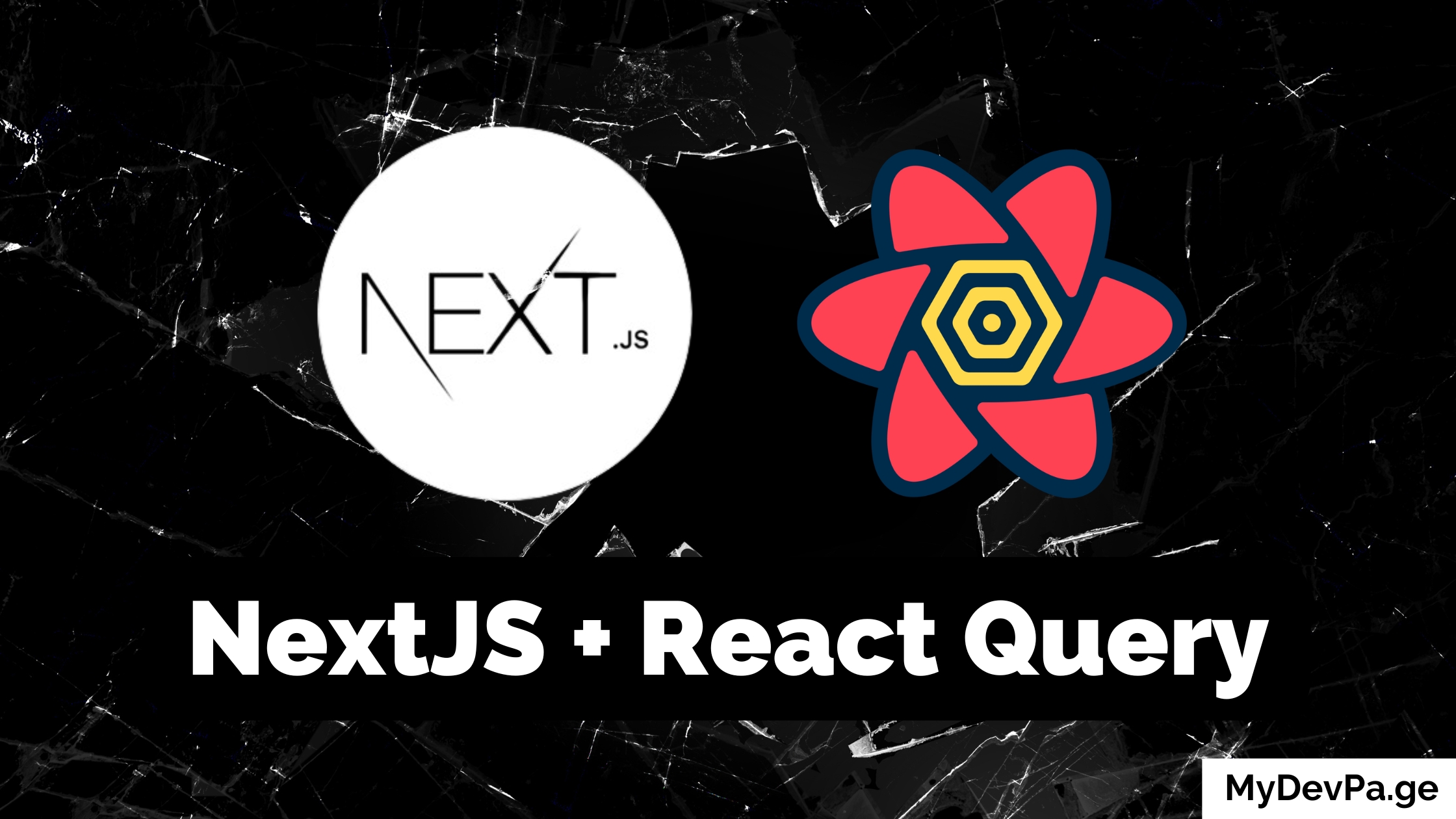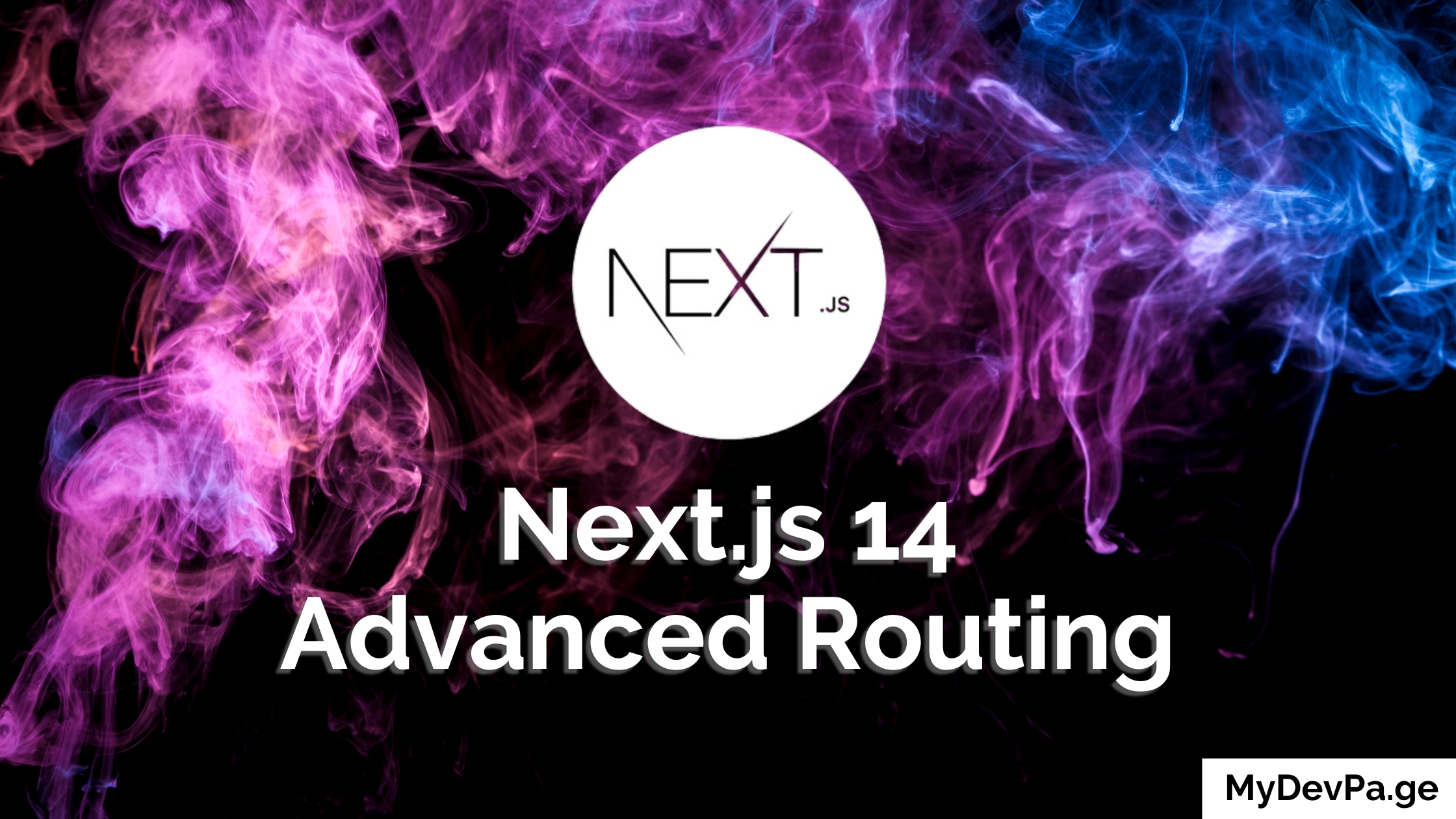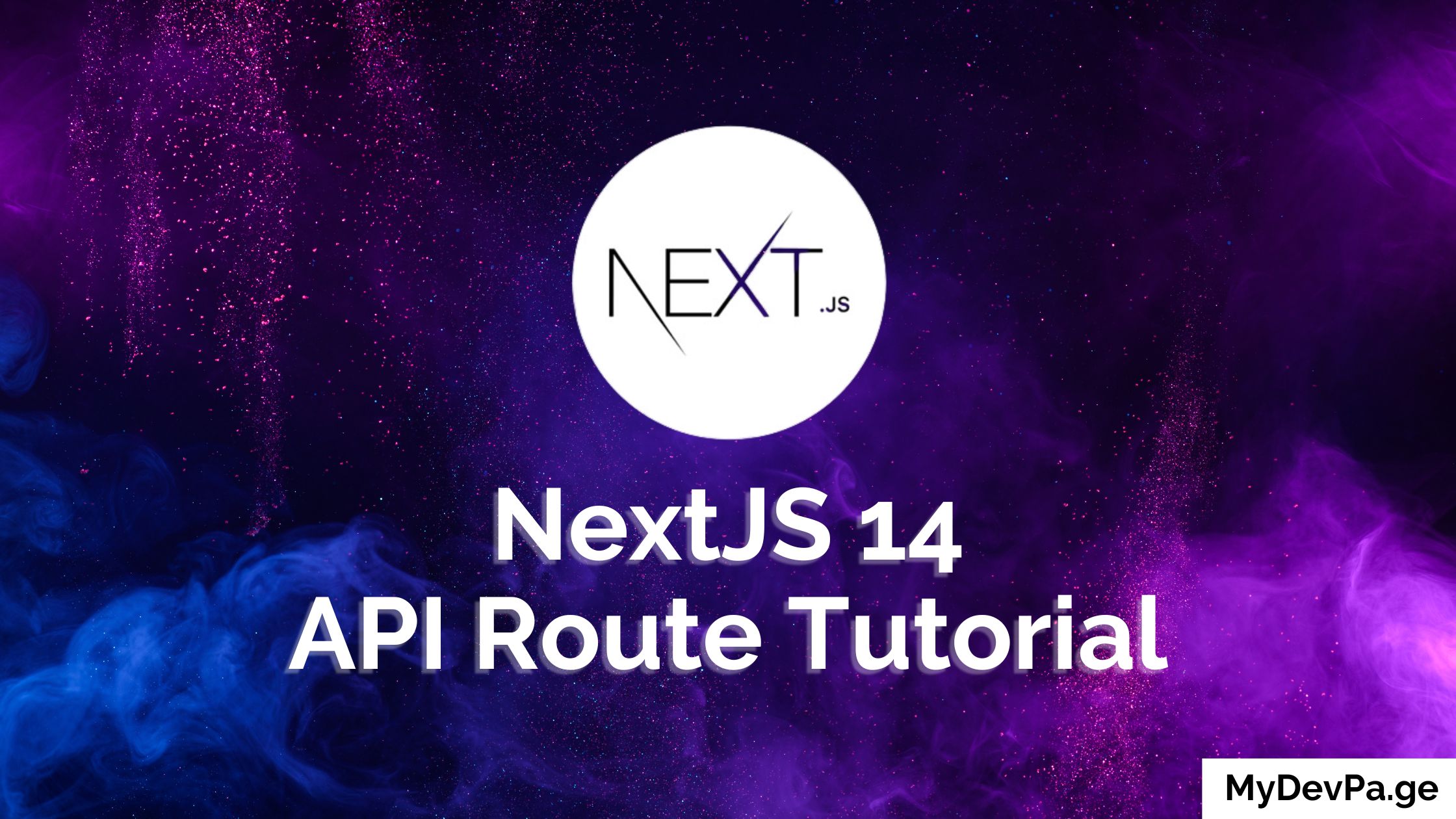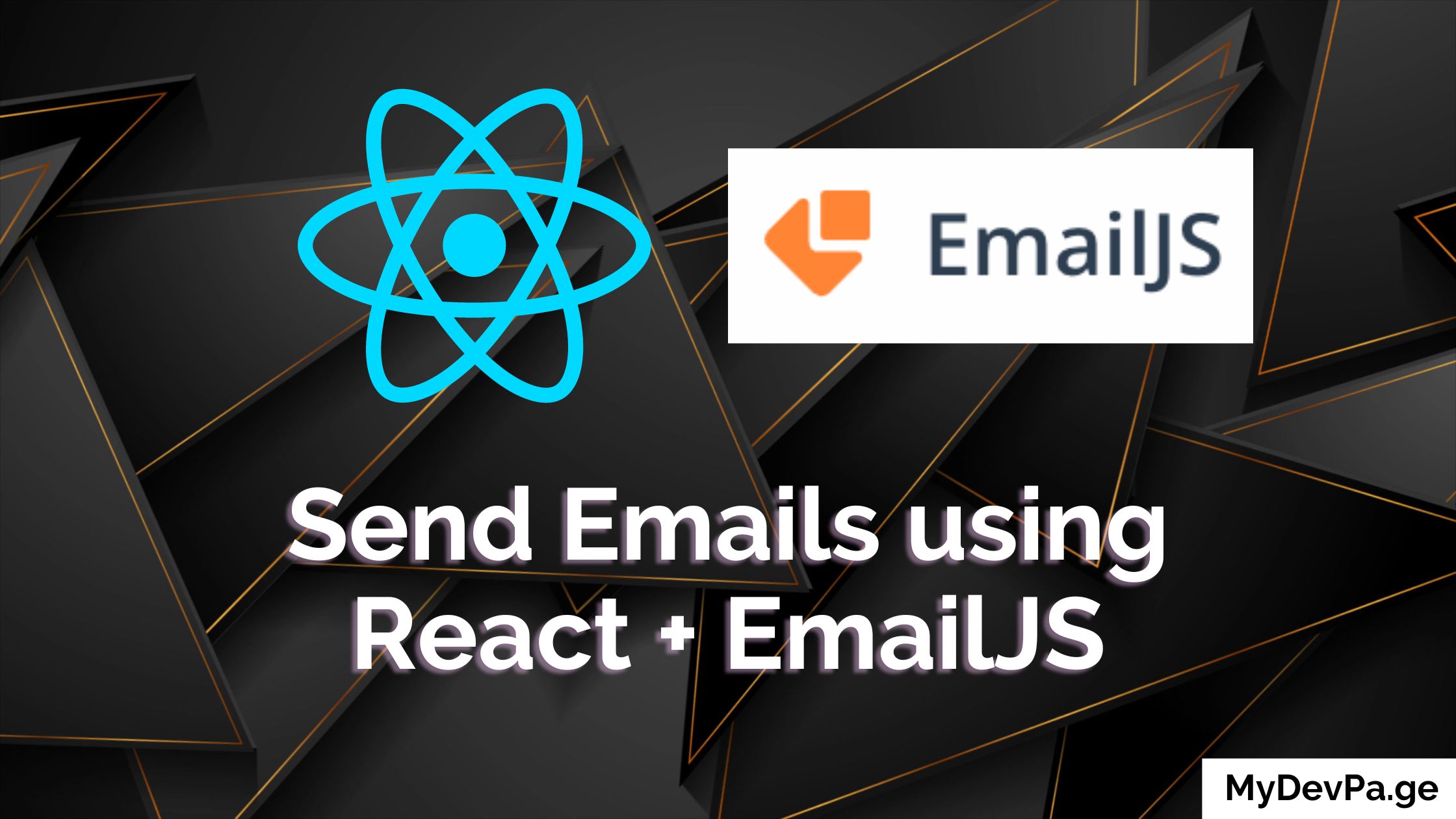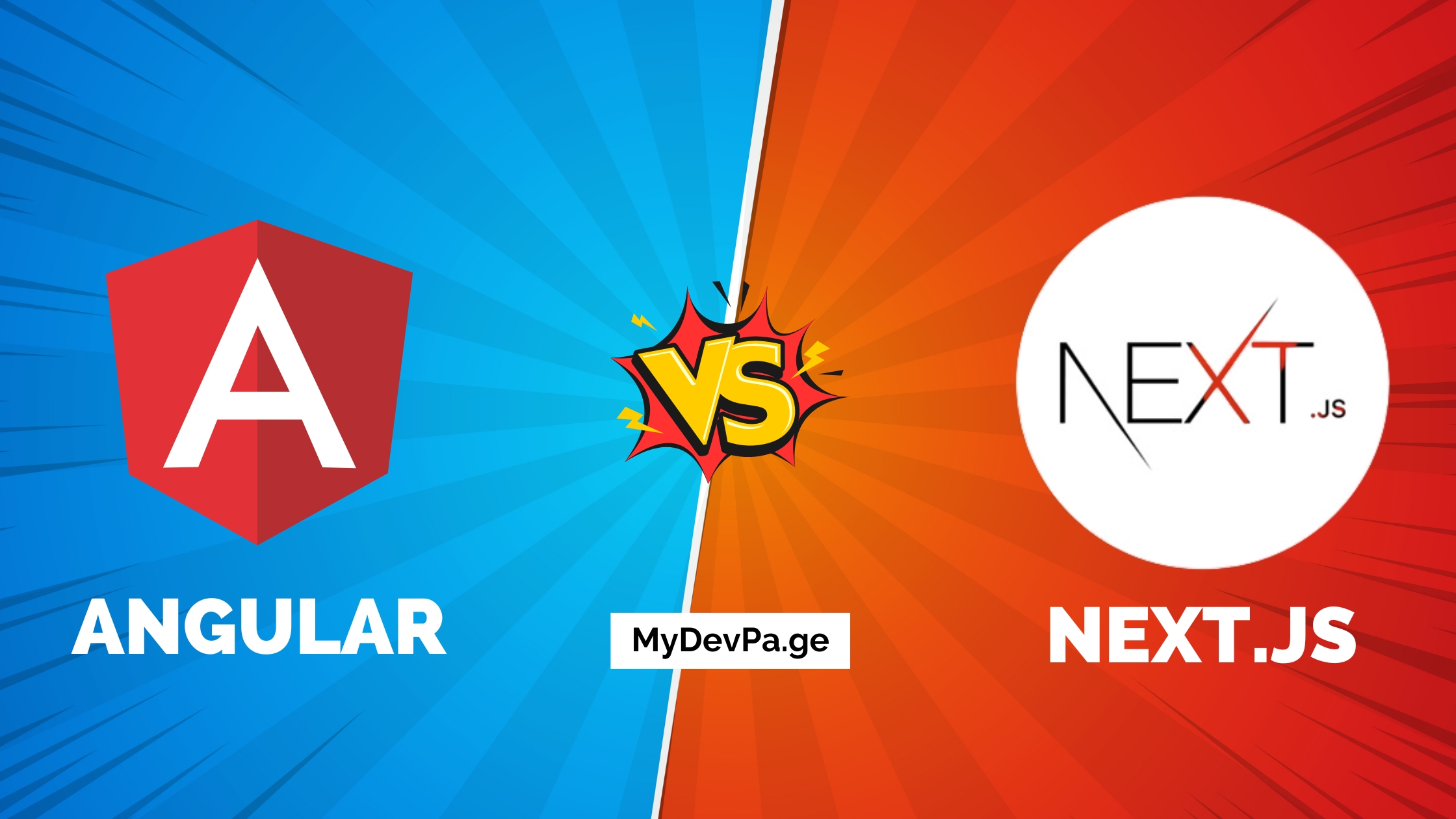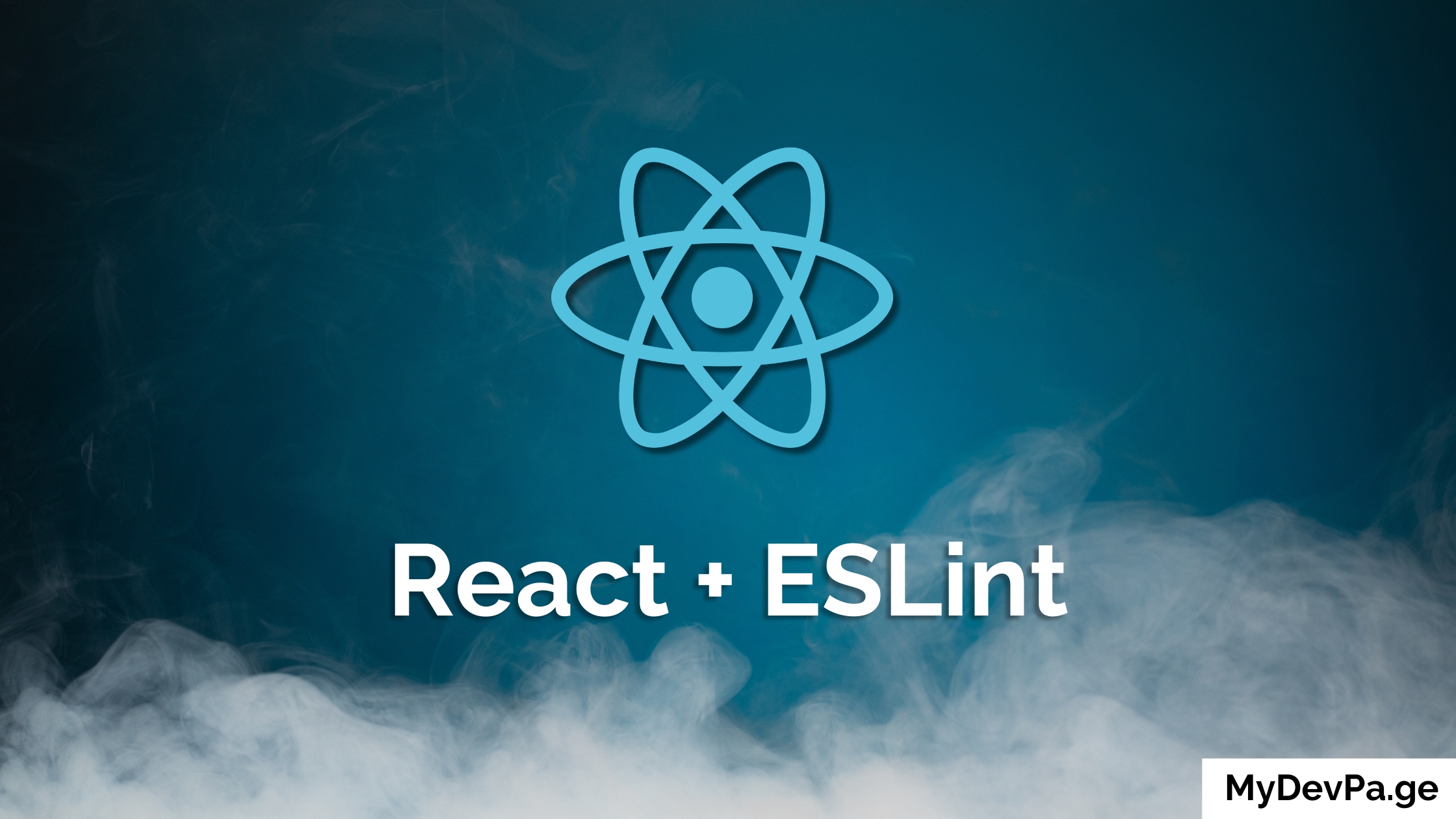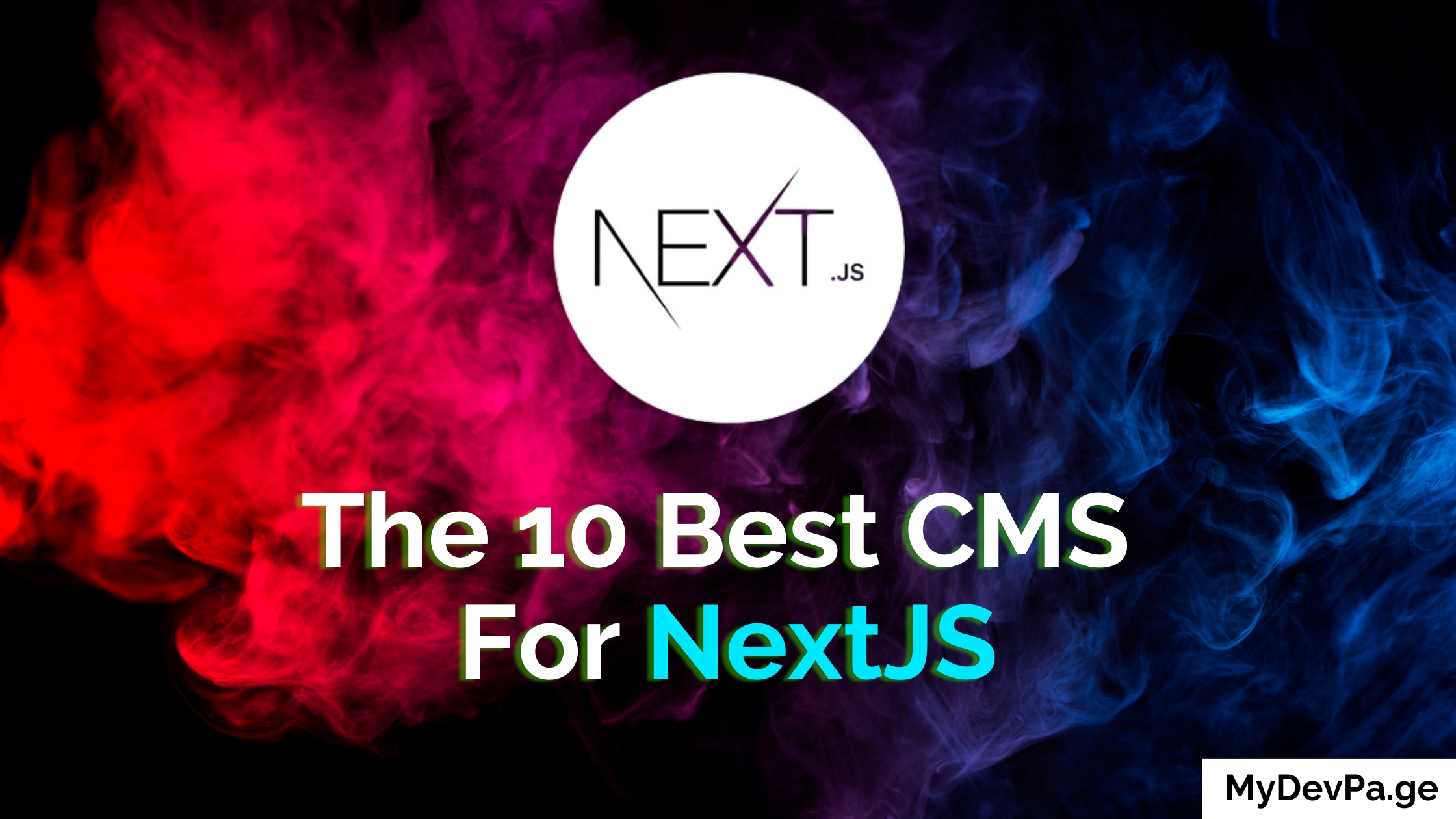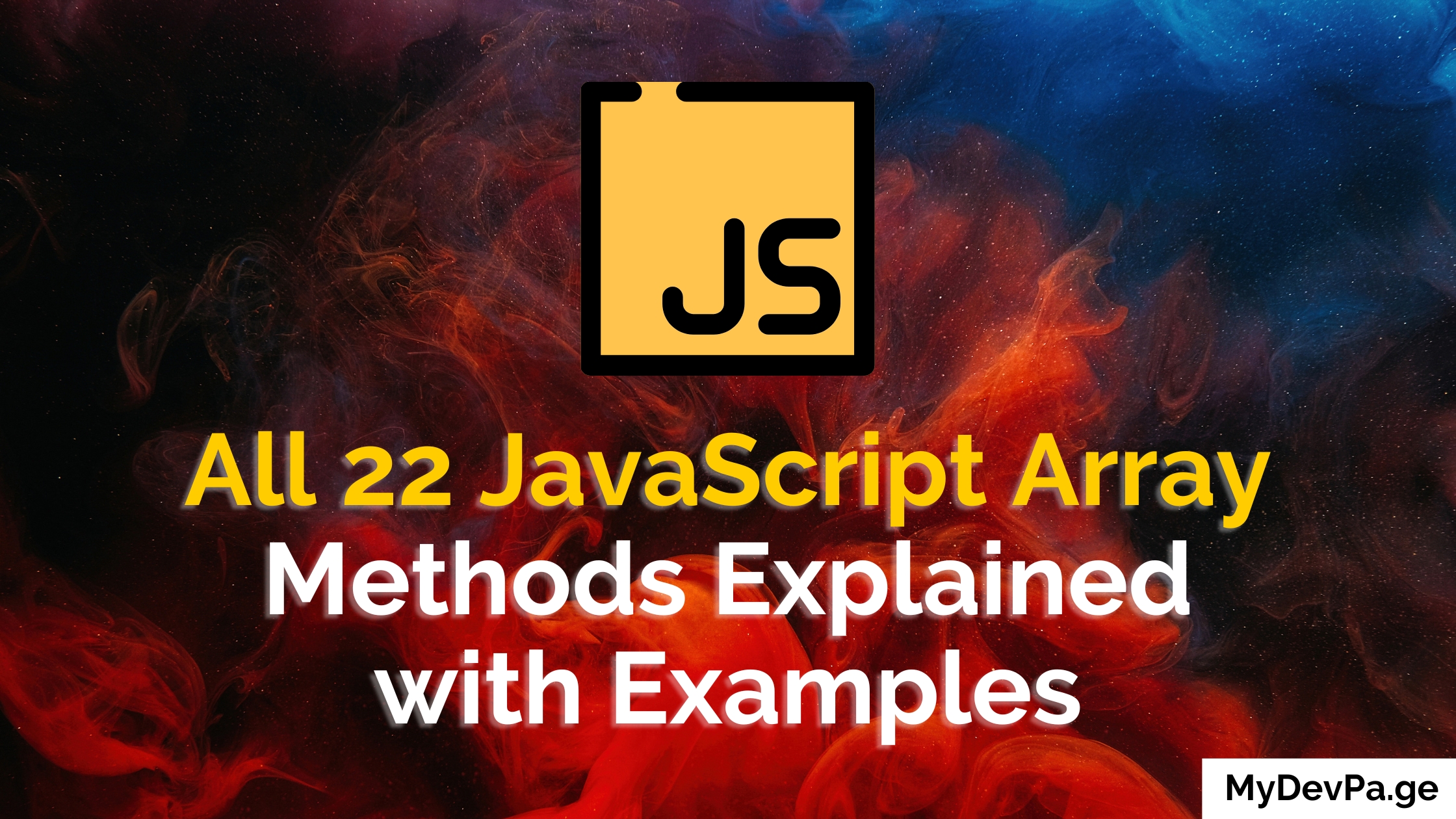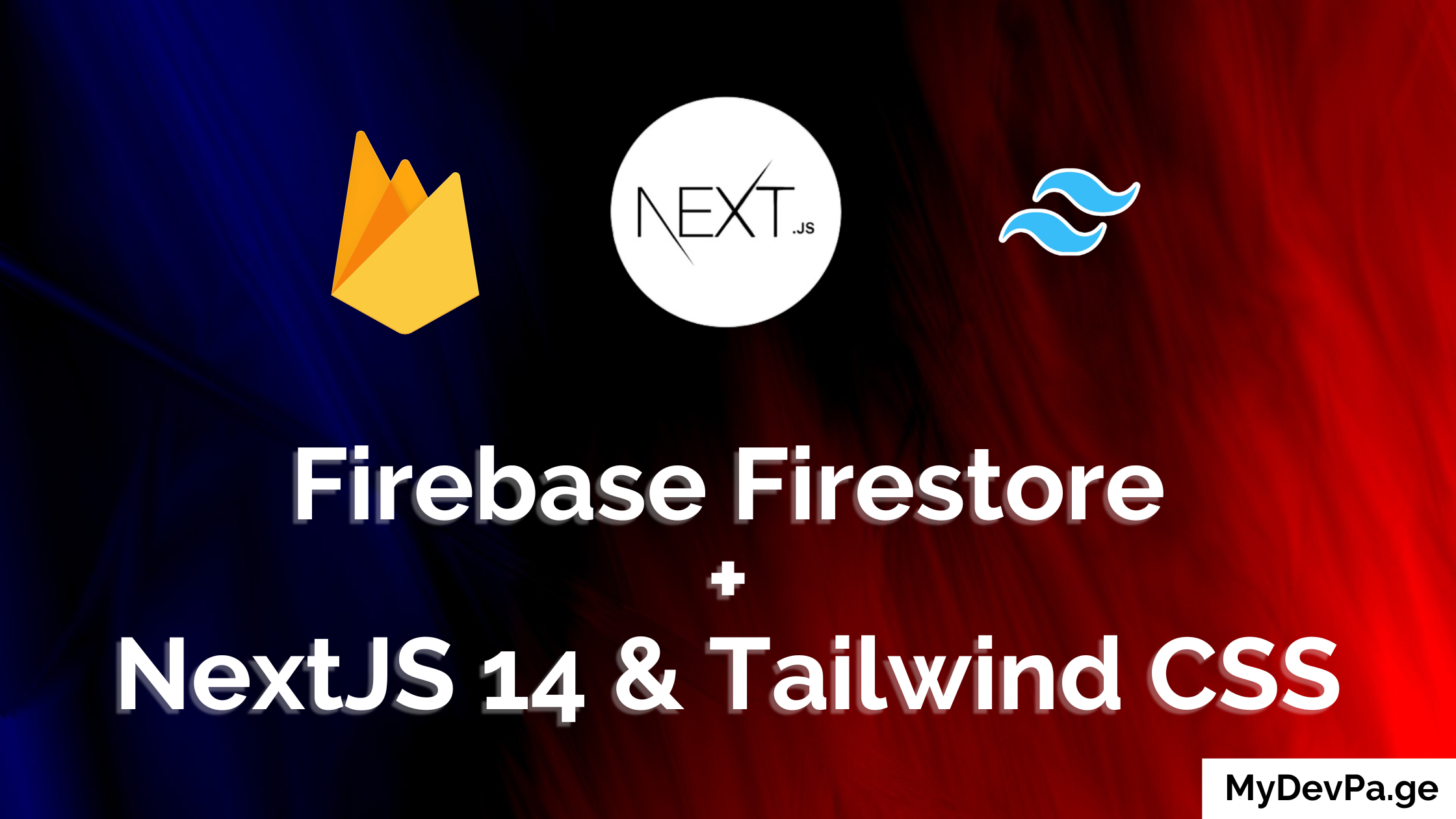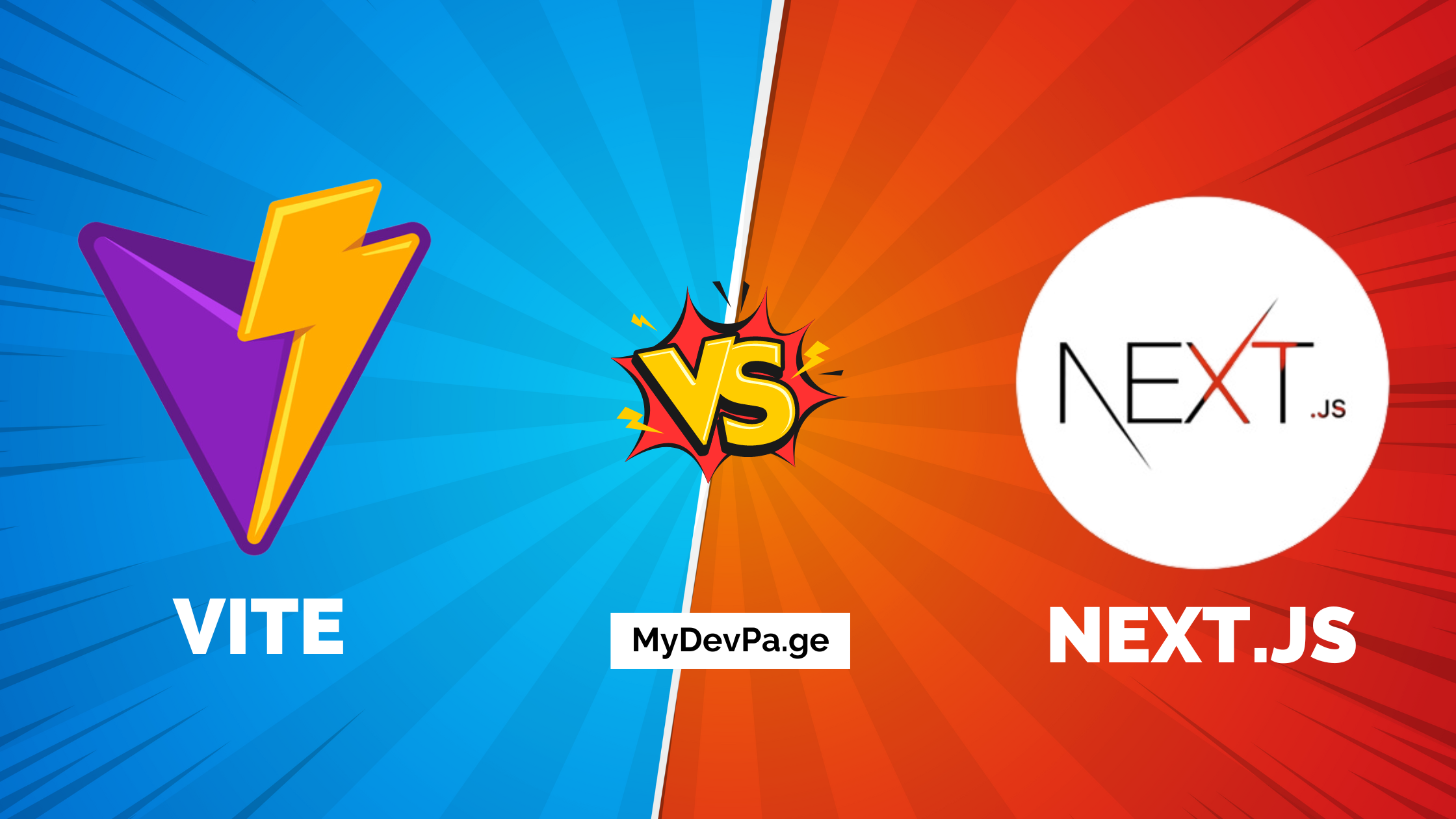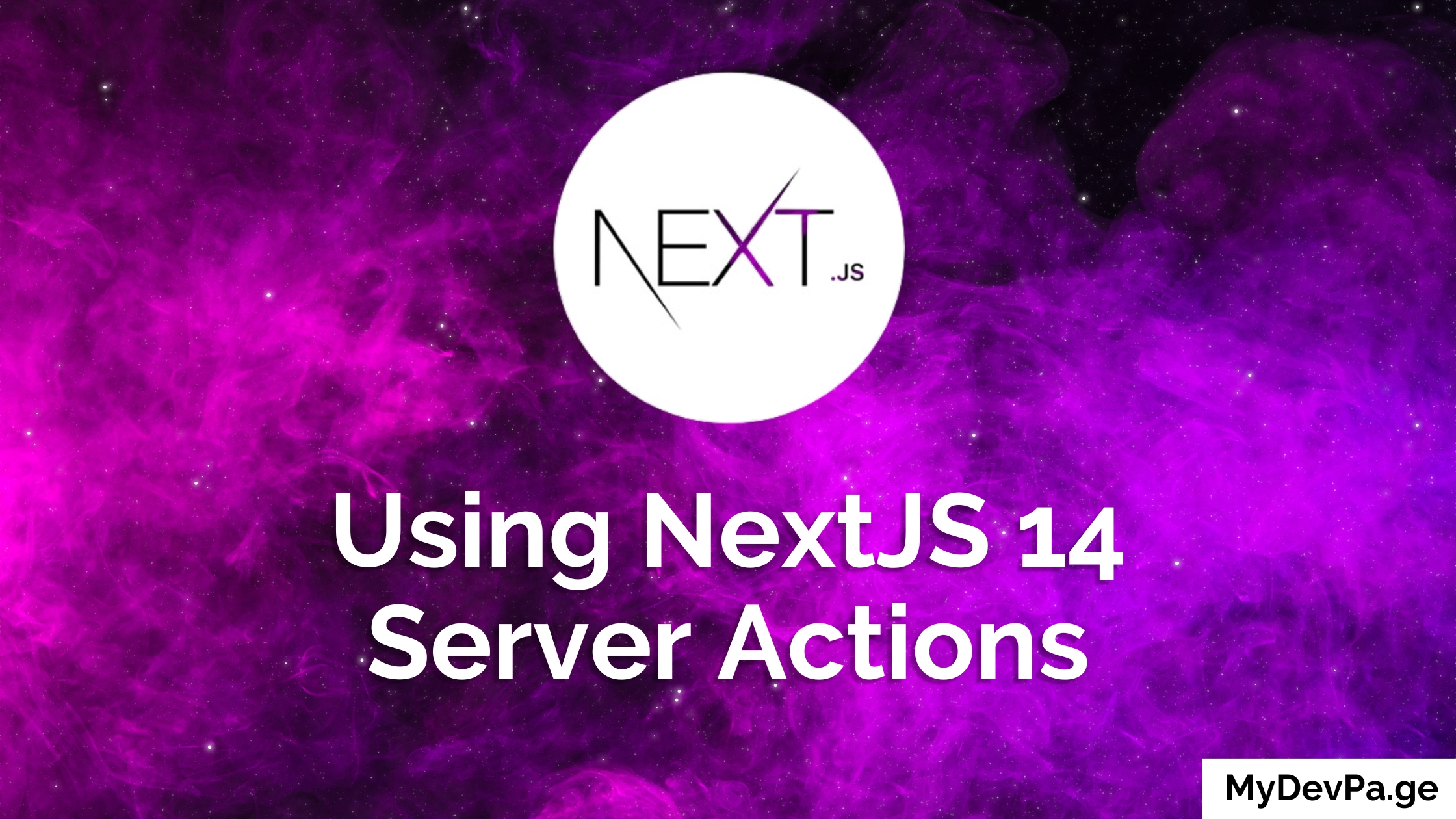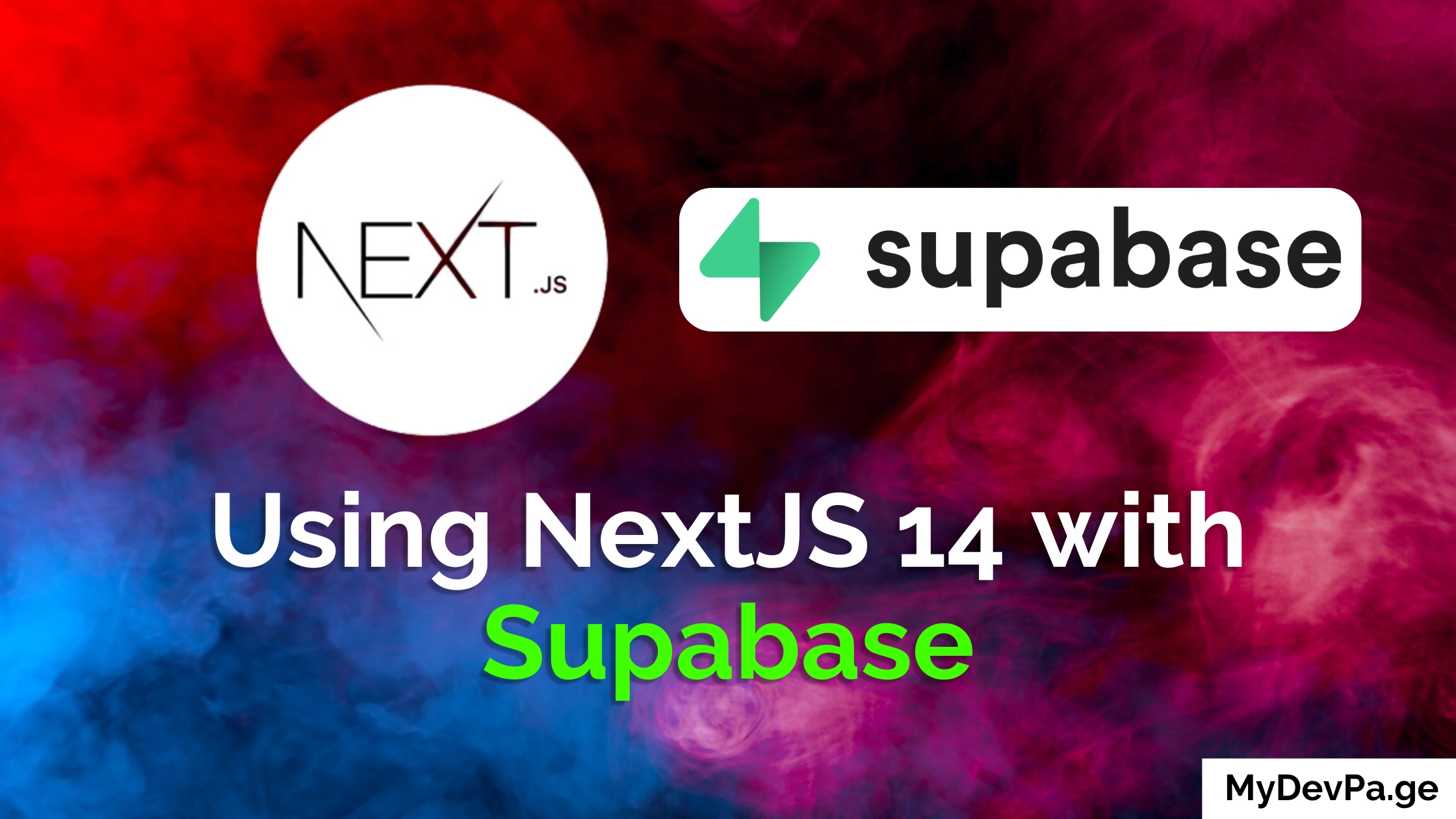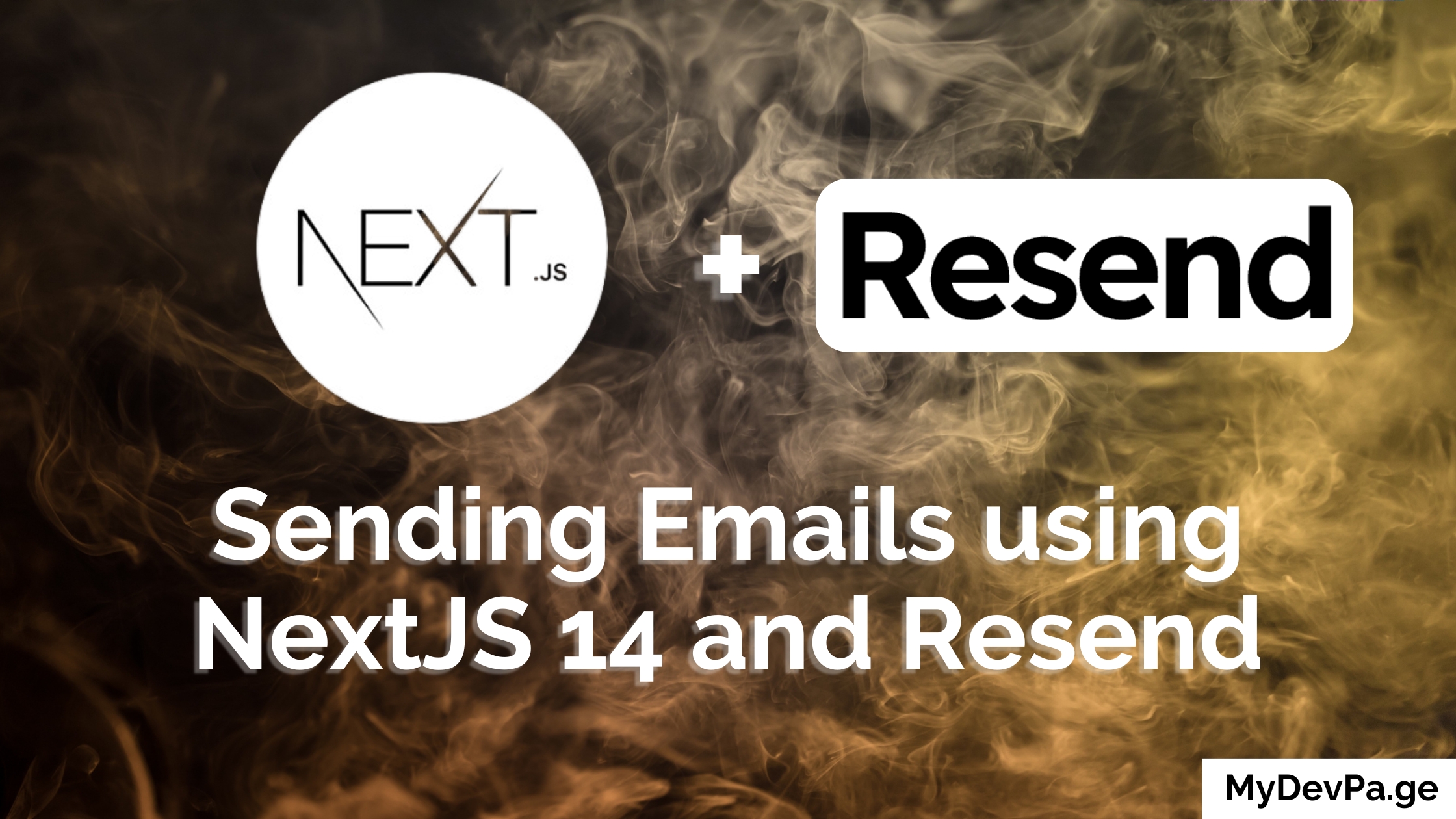When selecting the optimal web framework for your Python projects, you have two popular choices: Django and Flask. Each framework has its own unique set of advantages and disadvantages, depending on the project type and your preferences. Explore their distinct characteristics, advantages, disadvantages, and the most suitable situations. This exploration will help you choose with confidence.
Introducing Django and Flask
Django, launched in 2005, follows the Model-View-Template (MVT) architecture. It is monolithic, packaging almost everything needed for standard web development. Companies using Django include Spotify, Instagram, Dropbox, Pinterest, Mozilla, YouTube, NASA, and National Geographic.
Flask, introduced in 2010, is built around the Web Server Gateway Interface (WSGI) and adopts a more modular, "very Pythonic" approach. Companies like Netflix, Reddit, Uber, Lyft, Zillow, Patreon, Airbnb, and MIT use Flask.
Here's a quick comparison of key aspects:
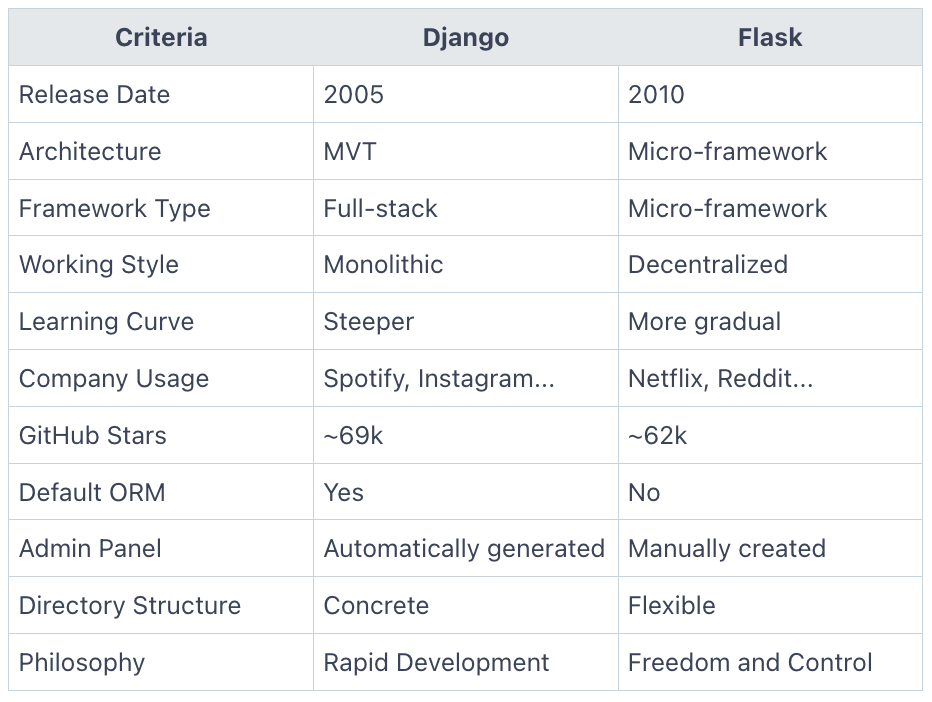
Key Features and Distinctions
Django
- Versatility: Build a wide range of applications from CMS to scientific platforms.
- Bundled Functionality: Includes features like caching, authentication, and admin panels.
- Security: Offers strong protection against common vulnerabilities.
- Scalability: Facilitates growth with its DRY principles and independent layers.
Flask
- Simplicity: Uses straightforward concepts with a clean syntax.
- Extensibility: Highly flexible with modular building blocks.
- Speed: Fast processing is ideal for real-time applications.
- Resourcefulness: Extensive documentation supports both beginners and experts.
Pros and Cons
Django
Pros:
- Streamlined development with automatic admin panels.
- Consistent patterns reduce the likelihood of errors.
- Rich resources for learning and adaptation.
- Optimized for performance.
Cons:
- Steep learning curve.
- Monolithic structures can be rigid.
- Fixed directory structure and .html file extensions.
Flask
Pros:
- Encourages creativity with fewer constraints.
- Flexible file and directory management.
- Compatible with multiple templating engines.
- Skills in Flask are highly valued in niche markets.
Cons:
- Greater initial planning is required.
- The learning curve for additional technologies as projects scale.
- Less built-in functionality, often requiring third-party packages.
Recommended Use Cases
Django
- Ideal for large-scale projects needing stability and fast development.
- Suitable for enterprises with standardized development practices.
- Great for collaborative projects where consistency is critical.
Flask
- Perfect for small-scale projects or startups needing agility.
- Favored by developers who enjoy experimenting and pushing boundaries.
- Suited for seasoned professionals looking for flexibility.
Conclusion
Both Django and Flask are great options. The correct option varies based on what you need for your project and where you'll be working. Django is well-suited for structured, team-oriented projects. While Flask offers more freedom, appealing to those who value flexibility and innovation. Align the specific requirements of your project with the capabilities of each framework based on your current knowledge. Enjoy the coding process!
